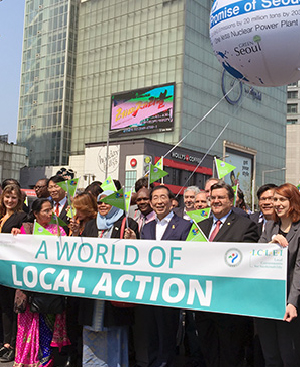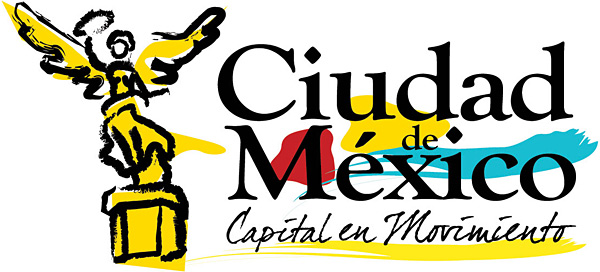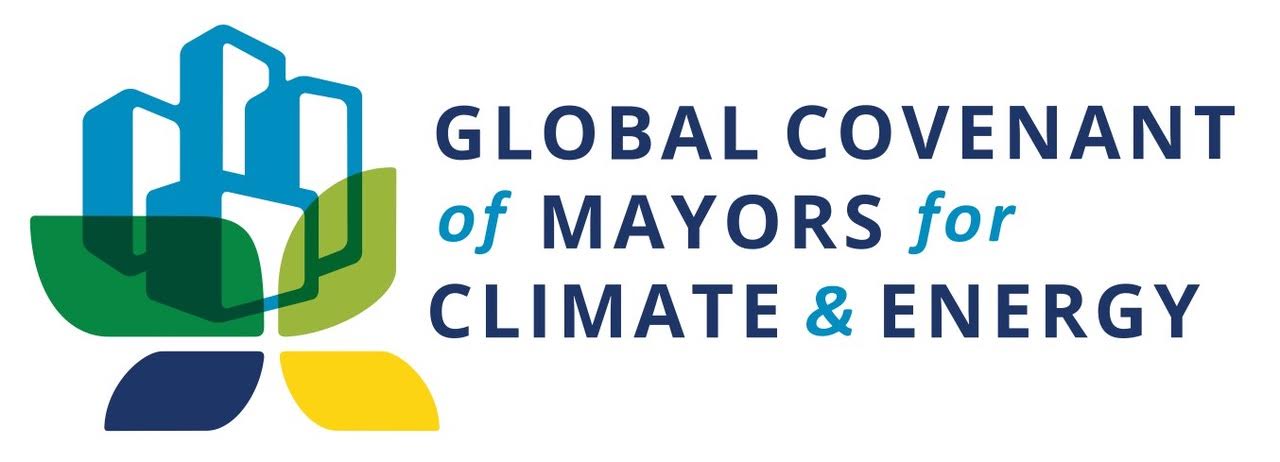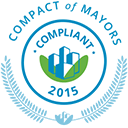- Start year:
- Type: Public Participation/Stakeholder engagement
- Status: In operation
Since 2002, the Municipality of the Metropolitan District of Quito has promoted the practice of urban agriculture within the city through the emblematic project “Participatory Urban Agriculture – AGRUPAR”. This multidimensional project works as a local economic development, social cohesion and urban resilience strategy that integrates agriculture, livestock production, solidarity harvest exchange, food processing, surplus marketing and local environmental management, contributing to food security and sovereignty, urban agro-ecology and nutrition. The project has technified its intervention through productive infrastructure, as low-cost micro-greenhouses, water harvesting and drip irrigation specially designed for small production units.
AGRUPAR seeks to improve the quality of life of the most vulnerable population of the District, working with women (85,71% of participants) and female headed households, the elderly, children and youth, people with special needs or disabilities, refugees, migrants, unemployed people, shelters, health centers, schools, associations, addiction and social rehabilitation centers, and anyone who wants to be part of this innovative approach to food self-sufficiency.
The project seeks to strengthen the technical capacities of urban and peri-urban farmers and the formation of human capital, along with increasing sustainable and safe agricultural production and agribusiness, focusing on microenterprise management with access to different markets. AGRUPAR improves participants’ earnings by generating jobs, as well as helping them to save money by consuming their own production. The program has being a "seedbed" of agricultural micro-business of all kinds, such as production of organic vegetables, fruits, crops, medicinal and ornamental plants, animal husbandry, beekeeping and food processing (flour, bread, preserved or dehydrated food, snacks, dairy products and meats)
Urban agriculture is practiced in public and private vacant land, gardens, balconies, terraces, pots or containers, using recycled materials such as plastic bottles and tubes, tires, pallets and glass. There are 352,600 beneficiaries of the program (56,000 urban farmers with their families and 170,000 responsible consumers). AGRUPAR has trained 16,700 participants, opened 2,500 urban gardens and promoted 110 urban agriculture startups with 105 different food products; investing US$ per year.
Moreover, since 2006 the program has lauched 14 bio markets called "bioferias", special spaces located at strategic locations of the District for the weekly sale of products by urban farmers who are part of AGRUPAR. The bioferias have become an educational space of permanent offering of healthy, safe and qualified food (fresh surplus from garden production), fostering a direct relationship between producers and consumers, within a framework of fair price and weight and a welcoming atmosphere, providing a solidarity economy.
The organic food supply of urban agriculture increases Quito’s self-sufficiency rate, reducing carbon emissions. Its practice is an adaptation response to climate change and a way to build a more resilient District, by increasing biodiversity, recovering degraded ecosystems, promoting rational use of resources, water efficiency and revaluation of urban land for food production, as well as generating citizen participation and solidarity within local economic development. In addition to its scope and quantitative results, AGRUPAR is a solid and relevant strategy, which promotes occupational therapy, empowerment, solidarity, reciprocity, knowledge, spirituality and happiness.
Read More Read Less
Sectors:
- Urban risks associated with housing
- Terrestrial ecosystems and ecological infrastructure
- Human security and emergency response
- Human health
- Food systems and security
- Livelihoods







